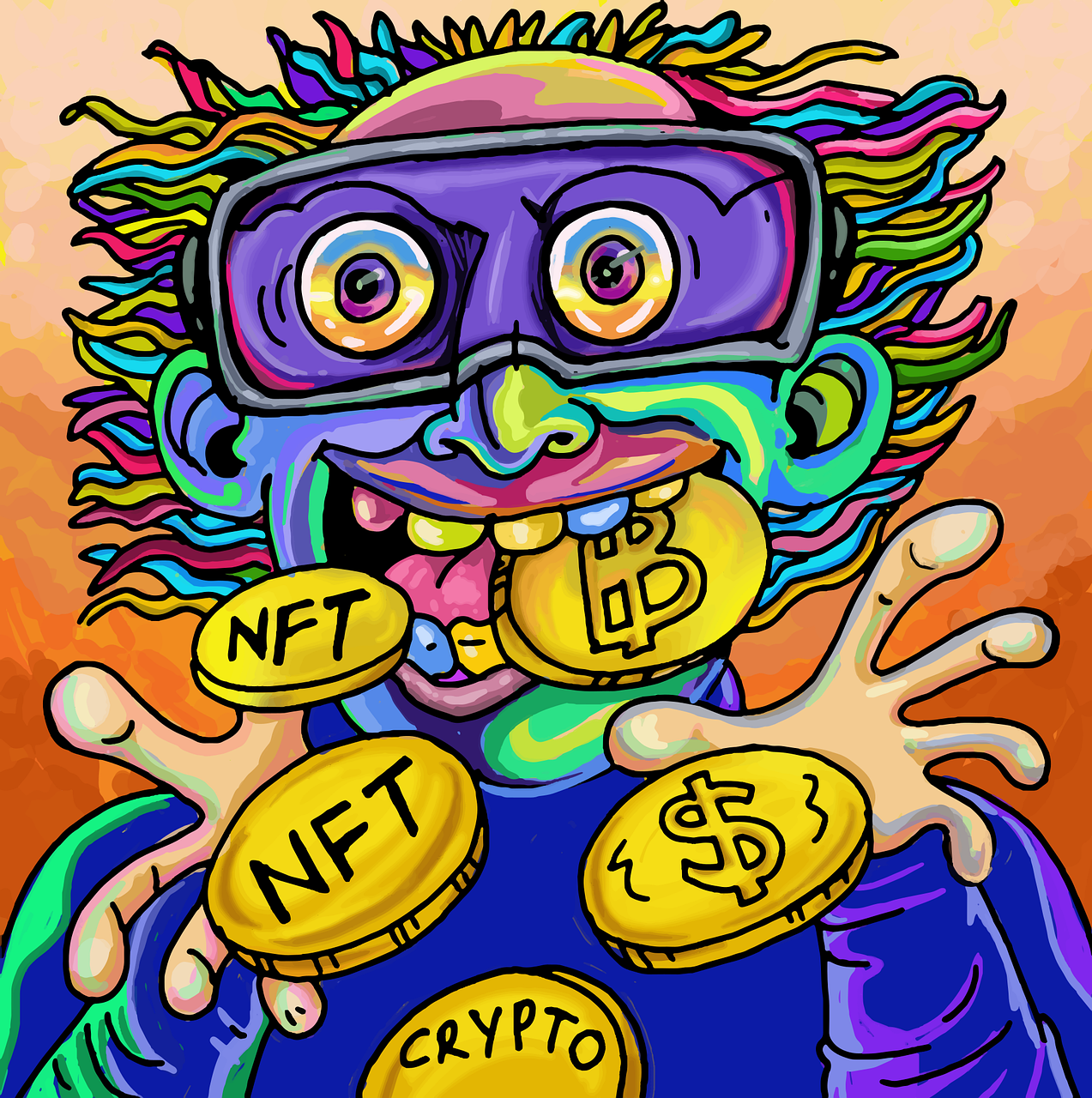Ciclos de Mercado
🧭 “Investir sem compreender os ciclos é como navegar em tempestade sem bússola.”
Os mercados financeiros e digitais — incluindo ações, Bitcoin e altcoins — são altamente voláteis. Preços podem despencar em minutos devido a decisões regulatórias, eventos macroeconômicos ou vendas massivas de grandes instituições.
Neste guia completo, você vai aprender:
- Quais são os principais gatilhos de quedas de mercado;
- Como identificar oportunidades mesmo durante crises;
- Estratégias práticas para proteger e multiplicar seu capital;
- A importância da psicologia do investidor e visão de longo prazo.
Continue até o fim e descubra como transformar a volatilidade em oportunidades reais de investimento.
🧩 Principais Gatilhos de Quedas de Mercado
1️⃣ Anúncios Regulatórios e Decisões Institucionais
A intervenção governamental é um dos maiores motores da volatilidade. Por exemplo:
- Adiamentos ou rejeições de ETFs de Bitcoin pela SEC;
- Mudanças em regulamentações de bancos e corretoras;
- Coletivas de imprensa que impactam confiança do mercado.
💡 Dica: Sempre acompanhe comunicados oficiais da SEC e órgãos reguladores para antecipar possíveis movimentos.
2️⃣ Indicadores Macroeconômicos e Flutuações Cambiais
Eventos financeiros globais também impactam diretamente:
- Aumento de taxas de juros pelo Federal Reserve;
- Instabilidades econômicas em grandes mercados (Eurozona, Canadá, Reino Unido);
- Quedas abruptas em criptomoedas e ações de tecnologia.
📊 Exemplo: uma desvalorização cambial pode gerar quedas de até 12% em BTC ou ações em apenas algumas horas.

3️⃣ Negociação de Alta Frequência e Manipulação de Mercado
Algoritmos e trading automatizado intensificam movimentos bruscos.
- Ordens massivas de venda executadas em segundos;
- Liquidações aceleradas em opções e futuros;
- Impacto maior em ativos com menor liquidez.
💡 Estratégia: Entender o papel de robôs de negociação ajuda a evitar decisões precipitadas e perdas desnecessárias.
💼 Estratégias para Sobreviver e Prosperar Durante Quedas
1️⃣ Gestão de Risco na Negociação
- Ordens de stop-loss: limite perdas automaticamente;
- Hedge com opções ou futuros: proteja seu portfólio;
- Diversificação: reduza exposição a um único ativo ou classe.
2️⃣ Opções Binárias e Estratégias de Curto Prazo
- Seguir a tendência: só abra posições alinhadas ao movimento do mercado;
- Estratégia de faixa: aproveite momentos de baixa volatilidade;
- Eventos econômicos: use dados macro para prever movimentos de curto prazo.
3️⃣ Visão de Longo Prazo
Investidores pacientes colhem os frutos após quedas.
- Bitcoin, Ethereum e ativos sólidos tendem a se recuperar;
- Estratégias de acumulação disciplinada garantem crescimento consistente;
- Planejamento estratégico + aprendizado contínuo = maior aproveitamento de oportunidades.
💬 Michael Saylor, MicroStrategy:
“As quedas são oportunidades para adquirir ativos sólidos com visão de longo prazo.”
🧠 Psicologia do Mercado: Medo x Ganância
Em períodos de queda:
- Medo leva a vendas precipitadas;
- Ganância pode gerar excesso de exposição;
- Conhecimento e disciplina são essenciais para decisões racionais.
💡 Dica CryptoFinancePro: Mantenha sempre um plano de ação e revisão periódica do portfólio.
🌍 Mantendo-se Atualizado
Para prosperar:
- Acompanhe notícias financeiras confiáveis;
- Utilize ferramentas práticas, como conversores de preço de criptomoedas;
- Leia conteúdos estratégicos:
📌 Pilares do Sucesso: Preparação, Planejamento e Aprendizado
- Preparação: análise constante do mercado e cenários futuros;
- Planejamento estratégico: definir metas e limites de risco;
- Aprendizado contínuo: estudar movimentos históricos e novas tendências.
Seguindo esses pilares, você reduz perdas e maximiza oportunidades, mesmo em mercados voláteis.
❓ FAQ — Perguntas Frequentes (Rich Snippets)
1️⃣ Como posso me proteger de crashes de criptomoedas?
Use stop-loss, hedge e diversificação para limitar perdas e manter estabilidade no portfólio.
2️⃣ Quais ativos resistem melhor à volatilidade?
Bitcoin, Ethereum e ações blue-chip geralmente têm maior resiliência.
3️⃣ Vale a pena investir durante quedas?
Sim, investidores de longo prazo podem aproveitar preços baixos para acumular ativos sólidos.
4️⃣ Como a psicologia afeta minhas decisões de investimento?
Medo e ganância podem levar a decisões impulsivas; disciplina e planejamento ajudam a manter a racionalidade.
🌐 Fontes confiáveis
🌟 Conclusão
O sucesso em mercados voláteis não é fruto do acaso: é resultado de preparação, planejamento estratégico e aprendizado contínuo.
Seguindo essas estratégias, você consegue navegar com segurança, identificar oportunidades e transformar a volatilidade em crescimento real.








